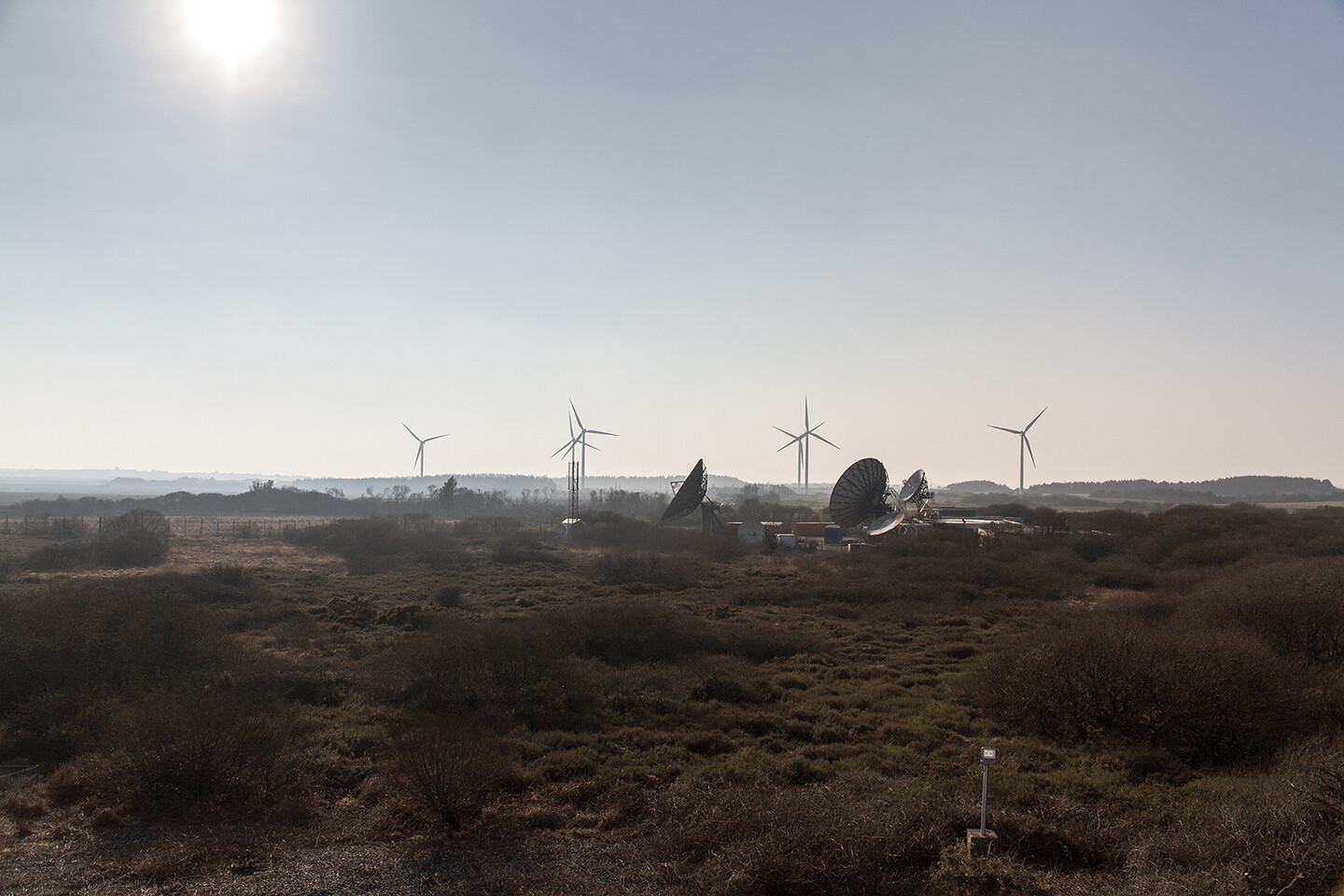A programme of international contemporary art in Cornwall
May 5–September 30, 2018
3 Penrose Road
Helston TR13 8TP
United Kingdom
Project director: Teresa Gleadowe
Participating artists: Francis Alÿs, Manon de Boer, Janet Cardiff, Adam Chodzko, Tacita Dean, Andy Holden, Rosemary Lee, Sean Lynch, Christina Mackie, Steve McQueen, Steve Rowell, Simon Starling, Semiconductor, Laureana Toledo and more
For more information about artists, locations, exhibitions and events visit the website.
Groundwork is an extended season of exhibitions, events and activities, bringing challenging and ambitious contemporary art to a remote and rural region of the UK—the far south west of England. It has been conceived as an unfolding programme, focusing on artists’ work in moving image, sound, action and performance, and involving exceptional locations in west and central Cornwall. The title of the project refers both to the laying of foundations for the future and to the exploration of place as a terrain of past and present human activity. The work selected is primarily ephemeral, not adding physically to the environment, but changing the way in which it is experienced and perceived. The programme has developed in dialogue with the large community of artists working in this area of England and draws connections between Cornwall’s geological, industrial, social and cultural histories and related narratives from elsewhere in the world.
Two new commissions launch Groundwork at the beginning of May.
Bella, Maia and Nick (From nothing to something to something else, Part I), by Dutch artist Manon de Boer, is presented in the gallery at Kestle Barton. Filmed at Porthmeor Studios in St Ives, the work portrays three local music students experimenting with new sounds and rhythms. Made with de Boer’s characteristic quality of quiet attention, the film has grown out of her continuing fascination with the importance of ‘open time’ in creating the conditions for invention and creation.
Following research at Goonhilly Earth Station, the large telecommunications site first established on the Lizard peninsula in the early 1960s, Semiconductor (Ruth Jarman and Joe Gerhardt) have developed a new moving image work that explores how we experience nature through the language of science and technology. Seen through the shifting reflections of a fictional elderly female scientist, the film combines new video footage filmed at Goonhilly Earth Station, archival material, and scientific data acquired through the process of radio astronomy.
Semiconductor’s work is shown with Black Drop (2012), Simon Starling’s film inspired by the 2012 transit of Venus. Black Drop tells the story of the relationship between astronomy, photography and the beginnings of moving image technology, starting with the idea that the 2012 transit may be the last to be recorded on celluloid. Both works are presented on the Goonhilly site, a place with a strong sense of its own history, achievements and future endeavours, where nature and technology co-exist.
In June, around the time of the summer solstice, a third commission will be presented on the beach at Par, near St Austell. Here choreographer Rosemary Lee is developing Passage for Par, a new site-specific dance work, commissioned for Groundwork in partnership with Dance Republic 2. Bracketed at one end by the china clay refineries at Par Docks and at the other by the green fields of Gribben Head, Par beach is the most bio-diverse site in the whole of Cornwall. At low tide, over the course of an hour, thirty women dancers will come together as a singular form slowly moving across the sands.
At CAST—a late-19th-century school building, originally a school of science and art, in the small market town of Helston—a series of moving image installations, by Steve McQueen, Francis Alÿs and Laureana Toledo, reflect on issues of exploitation and conflict. Cornwall’s past and present history of telecommunications is recorded in the work of Steve Rowell at the Porthcurno Telegraph Museum, while Sean Lynch’s film What Is An Apparatus? offers a commentary on an increasingly technocratic world, installed amongst the historic tools and artefacts of Helston Museum. At the seventeenth-century Godolphin manor house Christina Mackie’s work The Judges II refers to the processes of geology, the formation of the land through deep time. As the programme unfolds, Janet Cardiff’s celebrated sound installation Forty Part Motet will bring new life to a redundant nineteenth-century church, Richmond chapel, in Penzance.
Developed over three years, Groundwork is organised by CAST (Cornubian Arts & Science Trust) in partnership with Kestle Barton, Newlyn Art Gallery & The Exchange and Tate St Ives and has grown out of a series of artist-led residential workshops, field trips and learning programmes developed in Cornwall since 2010.
All of these activities aim to connect Cornwall with outstanding international developments elsewhere, to stretch ambition and potential in this remote, regional area of the UK.
Supported by Arts Council England’s Ambition for Excellence scheme.
For press enquiries please contact Janette Scott Arts PR on janette [at] janettescottartspr.com or T +44(0)7966 486156.


